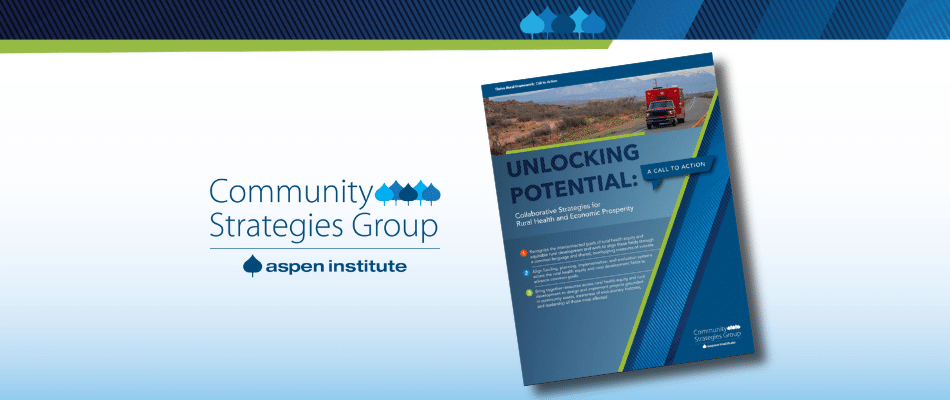View this Publication
This article seeks to broaden the general understanding of rural homelessness and examines trends in rural housing that reduce the ability of poorer residents to secure adequate shelter.
Research shows despite many rural populations being largely white non-Hispanic, minorities compose a significant portion of the local poverty population and are well represented in housing emergency cases. Outside of marketplace forces, stringent state building codes and local land-use regulations have a disproportionate negative effect on housing for poor people (restrictions on land use for low-income mobile home owners). Authors conclusion points to the more significant problem of individuals who are on the verge of or near literal homelessness. Policy recommendations include: expanding definition of homelessness to include poor people whose housing is seriously inadequate or insecure, improving small-town scattered site public housing, and improving personal support networks in small communities











